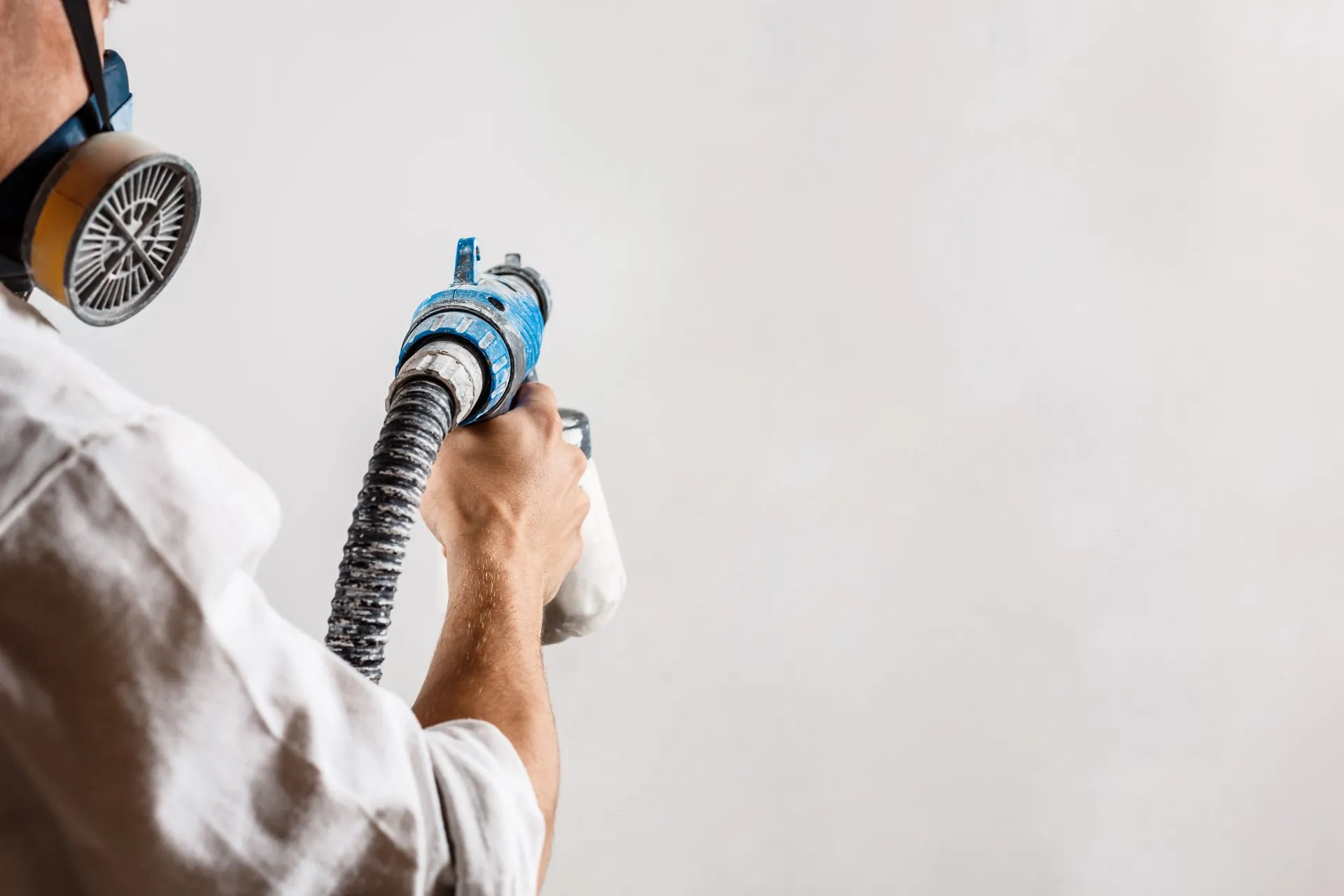Adding a splash of color to your world can be a thrilling and creative experience. If you’re looking to transform ordinary objects into vibrant works of art, spray painting is the perfect avenue to unleash your imagination. In this guide, we’ll delve into various spray painting techniques, providing you with the tools and knowledge to elevate your artistic endeavors. Let’s embark on this colorful journey together! Even if you are considering hiring a professional for spray painting, it certainly helps to know a little bit more about the different options that are available so you can select the best service for you.
Getting Started: The Basics of Spray Painting
Before diving into advanced techniques, let’s lay the foundation with some essential tips for beginners:
Choose the Right Spray Paint
Selecting the appropriate spray paint is crucial. Opt for high-quality paints with a range of colors. Matt, satin, or gloss finishes can add different dimensions to your creations. Brands like Montana Gold or Belton Molotow offer reliable options.
Prepare Your Workspace
Create a dedicated spray painting zone. Ensure good ventilation to disperse fumes and set up a drop cloth to protect surfaces. A well-prepared workspace sets the stage for a successful painting session.
Practice Control
Mastering control over the spray can is key. Experiment with distance and angle to achieve varying effects. Practice on scrap materials to develop a feel for the paint flow and coverage.
Technique 1: Gradient Magic
Create mesmerizing gradients with this simple yet effective technique:
- Choose Your Colors: Select two or more colors that complement each other. For a serene sky effect, go for shades of blue; for a fiery sunset, opt for oranges and reds.
- Prepare Your Surface: Ensure your object is primed and ready. Apply a base coat if needed and let it dry completely.
- Spray at an Angle: Hold the spray can at a 45-degree angle to the surface. Start spraying from one end, gradually moving to the other. Adjust the intensity by varying the distance from the object.
- Blend with Overlapping Sprays: To create a seamless transition between colors, overlap your sprays slightly. This technique requires a bit of finesse, so practice on paper before moving to your final piece.
Technique 2: Stencil Wonders
Stencils offer a precise way to introduce intricate designs to your artwork:
- Choose or Create a Stencil: Pick a stencil that resonates with your vision or craft your own using sturdy materials like cardboard.
- Secure the Stencil: Use masking tape or a temporary adhesive to secure the stencil in place. This prevents unwanted smudging or movement during the painting process.
- Spray Strategically: Hold the spray can perpendicular to the surface and apply the paint evenly over the stencil. Work in light coats to prevent bleeding under the stencil edges.
- Peel Away Carefully: Once the paint has dried, gently peel away the stencil to reveal your masterpiece. Clean any residual paint from the stencil for future use.
Technique 3: Textured Delight
Add depth and texture to your creations with this tactile technique:
- Gather Texture Materials: Collect materials like lace, leaves, or mesh that can be temporarily adhered to your surface.
- Prep Your Object: Apply a base coat and let it dry partially. While still tacky, place your chosen texture material on the surface.
- Spray Over the Texture: Holding the spray can about 6-8 inches away, coat the entire surface, including the texture material. Allow the paint to partially dry before carefully removing the texture.
- Admire the Result: The texture left behind adds a unique touch to your artwork, making it visually and tactually engaging.
Troubleshooting Tips
As you explore these techniques, you might encounter common issues. Here are some quick fixes:
Uneven Coverage
Solution: Ensure an even, steady hand during spraying. Maintain a consistent distance from the surface and use smooth, controlled motions.
Drips and Runs
Solution: Avoid heavy application by working in light layers. If drips occur, let them dry and sand them down before applying additional coats.
Clogged Nozzle
Solution: Clear a clogged nozzle by removing it and soaking it in paint thinner. Wipe away any excess paint and reattach.
Conclusion: Your Artistic Odyssey
Spray painting opens a world of creative possibilities. Whether you’re a seasoned artist or a budding enthusiast, these techniques offer a starting point for your colorful odyssey. Remember, the beauty of spray painting lies not only in the finished product but also in the joyful process of creation. So, gear up, unleash your imagination, and let the vibrant hues flow freely from your fingertips onto the canvas of your world. Happy spraying!





